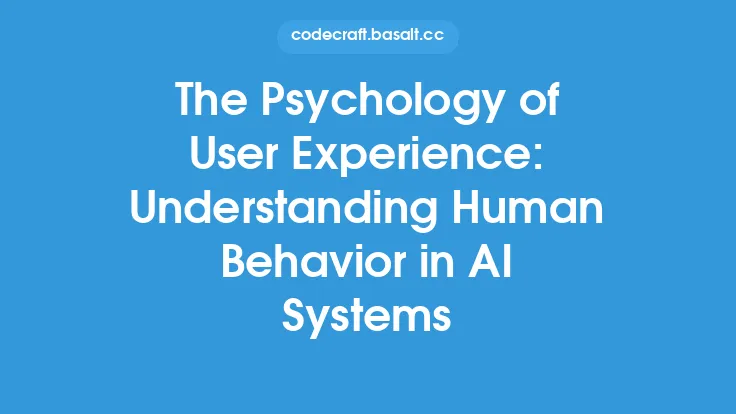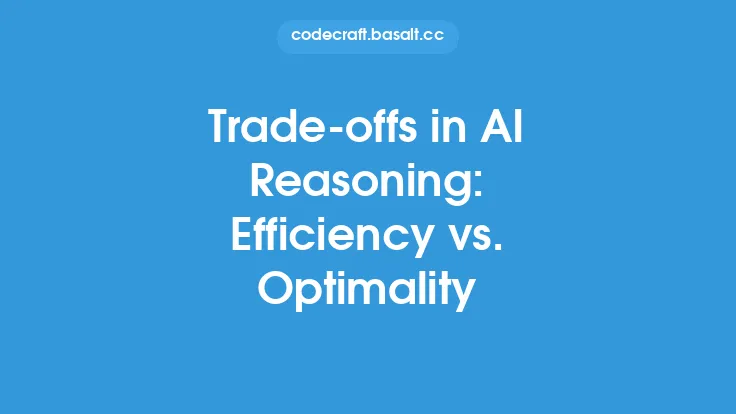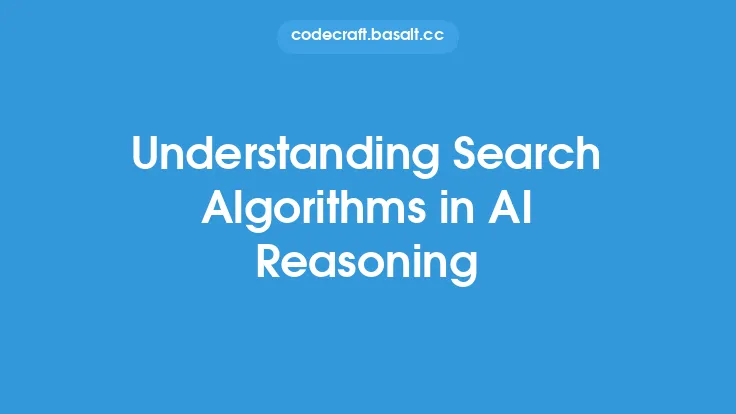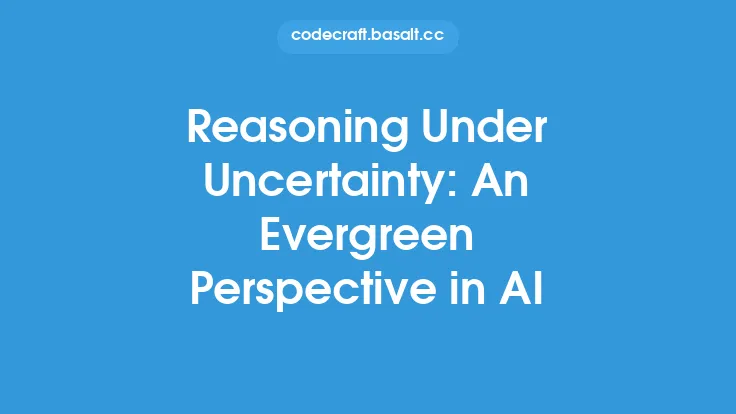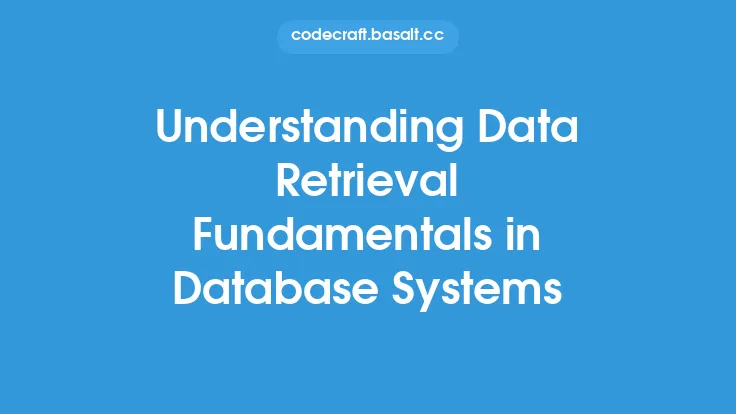Logical reasoning is a fundamental component of artificial intelligence (AI) systems, enabling them to make informed decisions, solve complex problems, and interact with their environment in a meaningful way. At its core, logical reasoning involves the use of logical rules and arguments to derive conclusions from a set of premises. In the context of AI, logical reasoning is used to represent knowledge, reason about the world, and make decisions based on that knowledge.
Introduction to Logical Reasoning
Logical reasoning is a broad field that encompasses a range of techniques and methodologies, including propositional and predicate logic, inference rules, and proof theory. In AI systems, logical reasoning is often used in conjunction with other techniques, such as machine learning and computer vision, to enable more sophisticated and human-like reasoning capabilities. The use of logical reasoning in AI systems has a number of benefits, including improved decision-making, enhanced problem-solving capabilities, and increased robustness and reliability.
Propositional and Predicate Logic
Propositional logic is a branch of logic that deals with statements that can be either true or false. It provides a simple and intuitive way of representing knowledge and reasoning about the world. Propositional logic is based on a set of axioms and inference rules, which are used to derive conclusions from a set of premises. Predicate logic, on the other hand, is a more expressive and powerful branch of logic that deals with statements that contain variables and quantifiers. It provides a way of representing knowledge and reasoning about objects and their properties, and is widely used in AI systems to represent knowledge and reason about the world.
Inference Rules and Proof Theory
Inference rules are a set of rules that are used to derive conclusions from a set of premises. They provide a way of reasoning about the world and making decisions based on that reasoning. In AI systems, inference rules are often used in conjunction with logical reasoning to enable more sophisticated and human-like reasoning capabilities. Proof theory, on the other hand, is the study of formal proofs and their properties. It provides a way of verifying the correctness of a logical argument and ensuring that the conclusions derived from a set of premises are valid.
First-Order Logic and Higher-Order Logic
First-order logic is a branch of logic that deals with statements that contain variables and quantifiers. It provides a way of representing knowledge and reasoning about objects and their properties, and is widely used in AI systems to represent knowledge and reason about the world. Higher-order logic, on the other hand, is a more expressive and powerful branch of logic that deals with statements that contain variables and quantifiers that range over other variables and quantifiers. It provides a way of representing knowledge and reasoning about complex and abstract concepts, and is widely used in AI systems to represent knowledge and reason about the world.
Description Logics and Ontologies
Description logics are a family of knowledge representation languages that are used to represent and reason about knowledge in a formal and explicit way. They provide a way of representing concepts, relationships, and constraints, and are widely used in AI systems to represent knowledge and reason about the world. Ontologies, on the other hand, are formal representations of knowledge that provide a shared understanding of a domain and facilitate communication and collaboration among different systems and agents. They are widely used in AI systems to represent knowledge and reason about the world, and provide a way of integrating and reconciling different sources of knowledge.
Non-Monotonic Reasoning and Default Logic
Non-monotonic reasoning is a branch of logic that deals with statements that contain exceptions and defaults. It provides a way of representing knowledge and reasoning about the world in a more flexible and robust way, and is widely used in AI systems to represent knowledge and reason about the world. Default logic, on the other hand, is a branch of non-monotonic reasoning that deals with statements that contain defaults and exceptions. It provides a way of representing knowledge and reasoning about the world in a more flexible and robust way, and is widely used in AI systems to represent knowledge and reason about the world.
Applications of Logical Reasoning in AI
Logical reasoning has a wide range of applications in AI, including expert systems, natural language processing, computer vision, and robotics. Expert systems, for example, use logical reasoning to represent knowledge and reason about the world, and provide a way of making decisions and solving complex problems. Natural language processing, on the other hand, uses logical reasoning to represent and reason about language, and provide a way of understanding and generating human-like language. Computer vision, meanwhile, uses logical reasoning to represent and reason about visual data, and provide a way of understanding and interpreting visual scenes. Robotics, finally, uses logical reasoning to represent and reason about the world, and provide a way of making decisions and taking actions in a dynamic and uncertain environment.
Challenges and Limitations of Logical Reasoning in AI
Despite its many benefits and applications, logical reasoning in AI also has a number of challenges and limitations. One of the main challenges is the complexity and expressiveness of logical languages, which can make it difficult to represent and reason about complex and abstract concepts. Another challenge is the scalability and efficiency of logical reasoning, which can be computationally expensive and require large amounts of memory and processing power. Finally, logical reasoning in AI also has a number of limitations, including the difficulty of representing and reasoning about uncertain and incomplete knowledge, and the need for more sophisticated and human-like reasoning capabilities.
Future Directions and Research Opportunities
Despite the challenges and limitations of logical reasoning in AI, there are also a number of future directions and research opportunities. One of the main areas of research is the development of more expressive and powerful logical languages, which can provide a way of representing and reasoning about complex and abstract concepts. Another area of research is the development of more efficient and scalable logical reasoning algorithms, which can provide a way of reasoning about large and complex knowledge bases. Finally, there is also a need for more research on the integration of logical reasoning with other AI techniques, such as machine learning and computer vision, which can provide a way of enabling more sophisticated and human-like reasoning capabilities.
